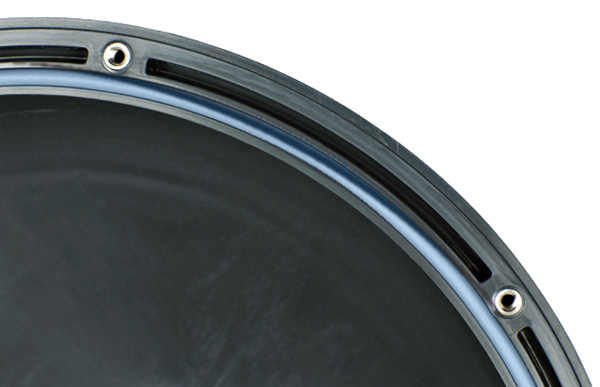
Pressure differentials are created when a sealed enclosure is exposed to rapid, extreme or recurring changes in ambient conditions. Extreme changes in temperature (a sudden thunderstorm on a hot, sunny day), altitude changes (in transit), or the constant heating and cooling cycle of an internal heat source – any of these can cause a pressure differential within a sealed enclosure. A rapid decrease in temperature, for example, can create a vacuum inside the enclosure. If this pressure differential is not dissipated, the vacuum places continual stress on the housing seals. Over time, this can cause seals to fail, allowing moisture and other contaminants such as dust, dirt and other particulates to be drawn inside.

In addition to failed seals, moisture can get inside enclosures by diffusion – the process by which vapor moves by natural molecular motion through the walls of a polymer enclosure. When water vapor enters a sealed enclosure and has no way to escape, it will condense to a liquid state. If this condensation remains inside the sealed enclosure, it can compromise lens function and corrode sensitive electronics and battery contacts.
Residents of some states have the right to opt-out of the “sharing” or “selling” of their personal information. Gore does not "sell" the personal information of website users. Gore may "share" the personal information of website users, as standard advertising practice meant to offer you a more personalized service.
If you want to opt-out from Gore “sharing” your personal information, click on Opt-Out of Sharing to turn off the targeting cookies that we share with our advertising partners in order to provide you with personalized information. Disabling sharing will stop the use of cookies to targeted advertising but you may still see generic Gore ads.
Please note that your exercising of the rights outlined will have no adverse effect on the price and quality of our goods or services.
Opt-Out of SharingYou Have Successfully Opted Out of the Sharing of Your Personal Information
Please note that if you clear your cookies and then use another device or browser, etc. your opt-out status is not transferred to the new device or browser.